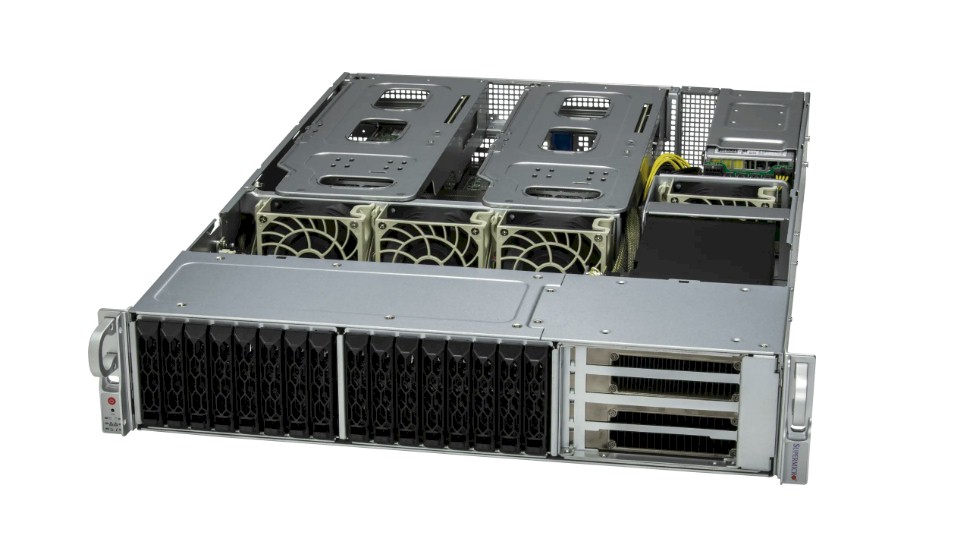Supermicro has become the latest of the big OEMs to add Arm-based systems to its portfolio, with the launch of its Mt. Hamilton platform based on the Altra line of Arm CPUs from Ampere Computing.
Since Amazon’s Graviton chips aren’t available outside of AWS, and Nvidia has yet to ship its “Grace” CPU superchips, that means these systems have to use Ampere’s Altra and Altra Max CPU families if Supermicro wants to have an Arm server play.
Introduced in 2020, the Altra CPU is available with up to 80 Neoverse N1 cores running at 3.3G Hz. Ampere’s Altra Max, released a year later, boosted the core count to 128, albeit at the expense of a lower 3 GHz operating frequency. Both chips are produced using 7 nanometer manufacturing process from Taiwan Semiconductor Manufacturing Co – that’s the same process used in AMD’s “Rome” Epyc 7002 and “Milan” Epyc 7003 chips.
Unlike its X86 competitors, neither the Altra nor Altra Max chips support simultaneous multithreading (SMT). Ampere contends this as an advantage in cloud-native workloads where it says the 1:1 core-to-thread ratio allows for more predictable performance within a core and across the cores on a die. And it is in the cloud where Ampere has seen some of its largest successes, with Google, Microsoft, Oracle, and Cloudflare having deployed its chips in their respective datacenters. So, it’s hardly surprising that Supermicro would aim its Ampere-based Mt. Hamilton platform at the cloud-native arena.
The systems are available in 1U and 2U single-socket configurations, with support for up to 4 TB of 3.2 GHz DDR4 memory across 16 DIMMs – the max supported by Ampere’s Altra processors.
Like many Supermicro systems today, the Mt. Hamilton platform is modular and supports a variety of storage and PCI-Express configurations, including up to four double-width GPUs or two dozen 2.5-inch U.2 NVM-Express SSDs. For networking, the motherboards are equipped with redundant Nvidia ConnectX4 NICs good for 25 Gb/sec using SFP28 cages.
The air-cooled systems are also designed to operate in extended temperatures ranging from 35 C to 55 C. This means these systems are more than capable of handling the higher datacenter temps prescribed by the American Society of Heat, Refrigerating, and Air Conditioning Engineers (ASHRAE), which top out at 32 C or about 90 F.
Supermicro is far from the only OEM that’s embraced Ampere’s Arm CPUs. Foxconn, Gigabyte, Wiwynn, and most recently Hewlett Packard Enterprise have launched Altra-based systems in either single- or dual-socket configurations.
But with 2023 on the horizon, Ampere’s Altra chips are starting to show their age. They lack support for DDR5 memory and PCI-Express 5.0 peripherals (and thus CXL on the latter). The chipmaker is working on a new processor called AmpereOne that will have more cores and ditch Arm’s Neoverse cores in favor of an in-house design, but details on the upcoming chip remain elusive.
However, Ampere won’t be Supermicro’s only supplier of Arm CPUs for much longer. At Computex this spring, Supermicro showed off an HGX reference server that will use Nvidia’s Arm-based Grace or Grace-Hopper Superchips.
The design, which will be used by six vendors, including Supermicro, Asus, Foxconn, Gigabyte, QCT, and Wiwynn, will begin shipping early in 2023.

